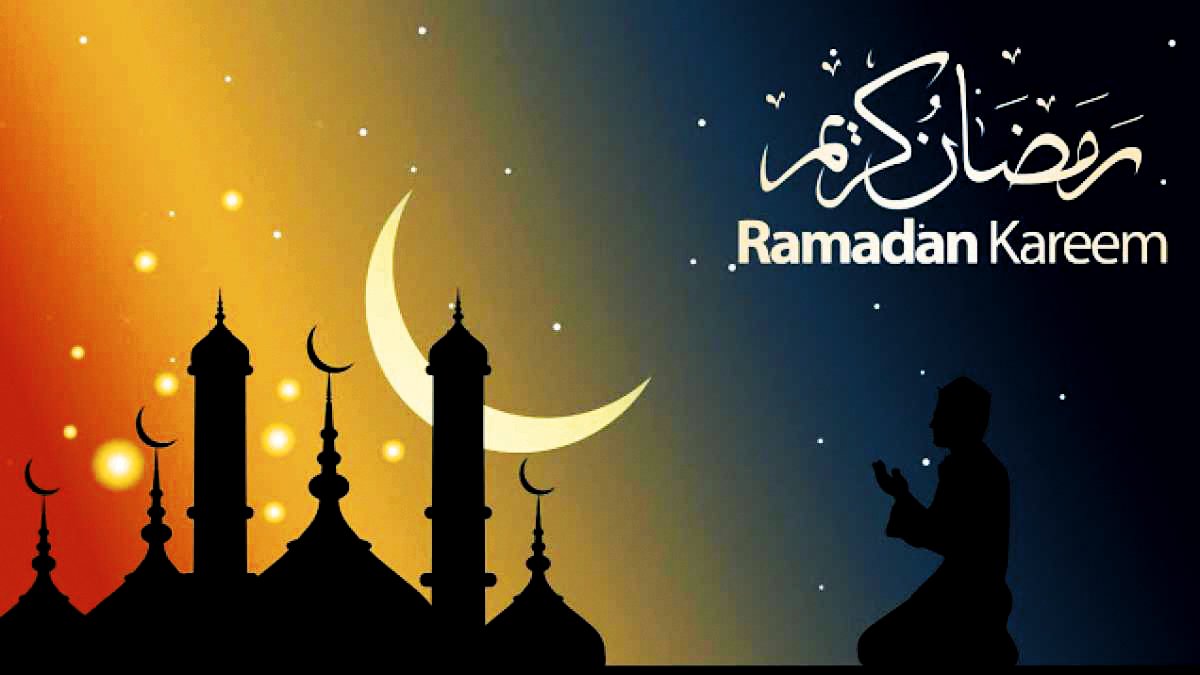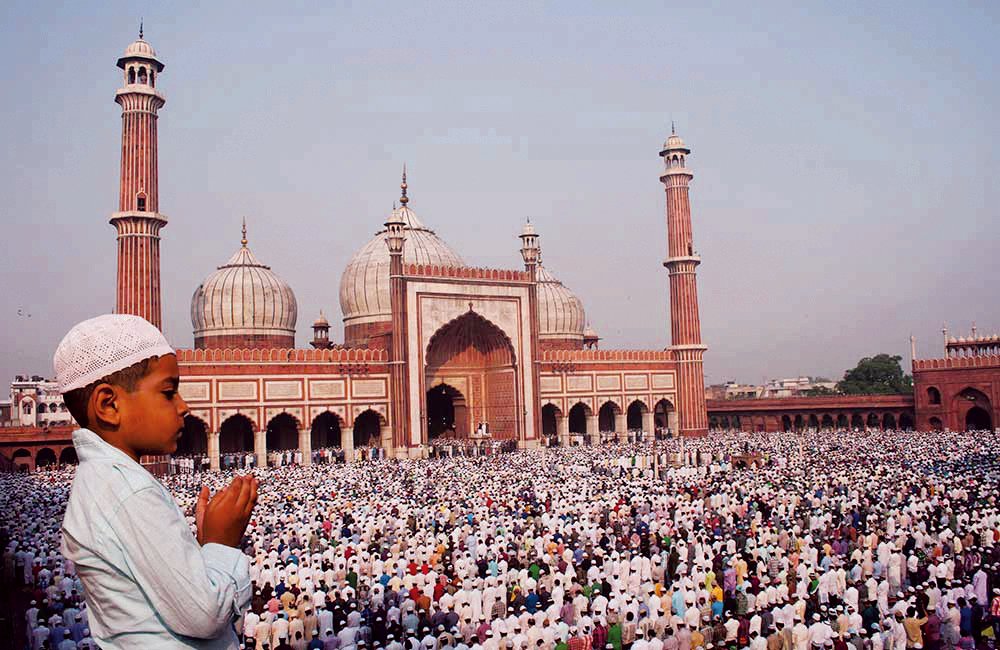India’s MAY 2020 Festivities

This is what this May will be for you, unlike the regular frenzy that you are a part of to evade the heat once the exams get over. While the temperatures keep a lot of festivities off the calendar this month, there are sure a good few, to keep you busy. The best of music, dance and cultures will be on offer, bringing out glimpses of this country’s diversity.
Ramadan
Ramadan is the most sacred month of the year in Islamic culture. Muslims observe the month of Ramadan, to mark that Allah, or God, gave the first chapters of the Quran to the Prophet Muhammad in 610. During Ramadan, Muslims fast, abstain from pleasures and pray to become closer to God. It is also a time for families to gather and celebrate. Ramadan is the ninth month in the Islamic calendar, which is a lunar calendar based on the cycles of the moon. Observances begin the morning after the crescent moon is visibly sighted, marking the beginning of the new month. Traditionally, people searched for the slight crescent using the naked eye, which has led to the declaration of different starting times for Ramadan, due to weather or geography. In order to have a more consistent start time for Muslims around the world, however, astronomical calculations are now sometimes used. Using science to mark the beginning of the month is controversial, however, and in many parts of the world, Ramadan still does not begin until religious leaders announce that they have personally seen the crescent moon.
Moatsu Festival

Celebrated by the Ao tribe of Nagaland, the Moatsu Festival is a time of great rejoicing as the planting season comes to an end. All activities are associated with the harvest. You can expect a lot of singing, dancing, and merry-making at this festival. The main event is Sangpangtu. Men and women dress up in their best attire and sit around a fire, eating meat and wine.
Thrissur Pooram

The grandest of all Kerala temple festivals, the Thrissur Pooram features a procession of around 30 colorfully decorated elephants and ensemble of 250 musicians. Other attractions include drum concerts, ornamental parasol displays, and fireworks. The festival is a huge cultural event that runs through the night with exuberant celebrations. Special viewing areas are provided for foreigners at the festival.
Mount Abu Summer Festival

The Mount Abu Summer Festival kicks off with ballad singing, followed by regional folk dancing. The festival also offers sports such as boat racing on Nakki Lake, and a roller skating race. It concludes with a fireworks display. The highlight of the festival is the Sham-e-Qawwali musical show, which features some of the most renowned qawwalis from various parts of India.
Dhungri Mela The three-day Dhungri Mela takes place in honor of Goddess Hadimba’s birthday in Manali. She was the wife of Bhima, one of the five Pandavas brothers from the great Hindu epic the Mahabharata. Her temple is one of the most important ones in the region, and gods and goddesses from surrounding villages are carried in procession to attend the celebrations. A fairground is set up with stalls and carnival rides as well. The festival involves much singing and dancing, including performances of the Kullu Natti folk dance. It provides an interesting glimpse of local culture.
Buddha Purnima

Buddha Jayanti, also known as Buddha Purnima, celebrates the birth, enlightenment and death of Lord Buddha. It’s the most sacred Buddhist festival. Activities include prayer meets, sermons and religious discourses, recitation of Buddhist scriptures, group meditation, processions, and worship of the statue of Buddha. Indian Railways runs a special specia Mahaparinirvan Express Buddhist Tourist Train that visits all Buddhist pilgrimage places in India.
Eid-ul-Fitr

Eid-ul-Fitr, the ‘fast-breaking’ festival stands out in its popularity and religious significance. Eid-ul-Fitr is a celebratory day that generates the deep devotion and surrender to Allah during Ramadan. It refers to the breaking of the month-long routine of fasting from sunrise to sunset. ‘Eid’ itself implies a ‘festive’ occasion that spreads joy and happiness all around. It is the momentous day of Eid-ul-Fitr that hails the Shawwal month. Eid is a three-day long celebration that reaffirms the ideals of piety, empathy, charity and solidarity among Muslims all over the world. It is celebrated with tremendous enthusiasm and affection. The importance of Eid-ul-Fitr is associated with an actual event in the history of Islam. Allah sent an angel to reveal his words over a period of 23 years. These teachings formed the Holy Quran. Following the successful completion of the month of Ramadan, Eid-ul-Fitr becomes a great occasion to thank Allah for giving believers the will-power and endurance to observe the month-long fast and follow rules in personal conduct. It is also a time to renew one’s faith in Allah and seek his blessings. The Islamic practice of giving ‘zakat’ is also upheld during this time. Just before Eid, Muslims part with some portion of their earnings and grains for the poor, so that they too can celebrate Eid with full fervour. On this fortunate day of Eid-ul-Fitr festival, morning prayers are followed by a sermon and a congregational prayer at the mosque. Muslims offer Eid prayer ‘Do Rakat Namaz’ on this day. Then, dressed in new clothes they proceed to greet their family, relatives and friends ‘Eid Mubarak’. This is done through friendly embraces and handshakes, as good gestures of unity. The ritual of distributing alms on this day is observed throughout the ongoing celebrations.

